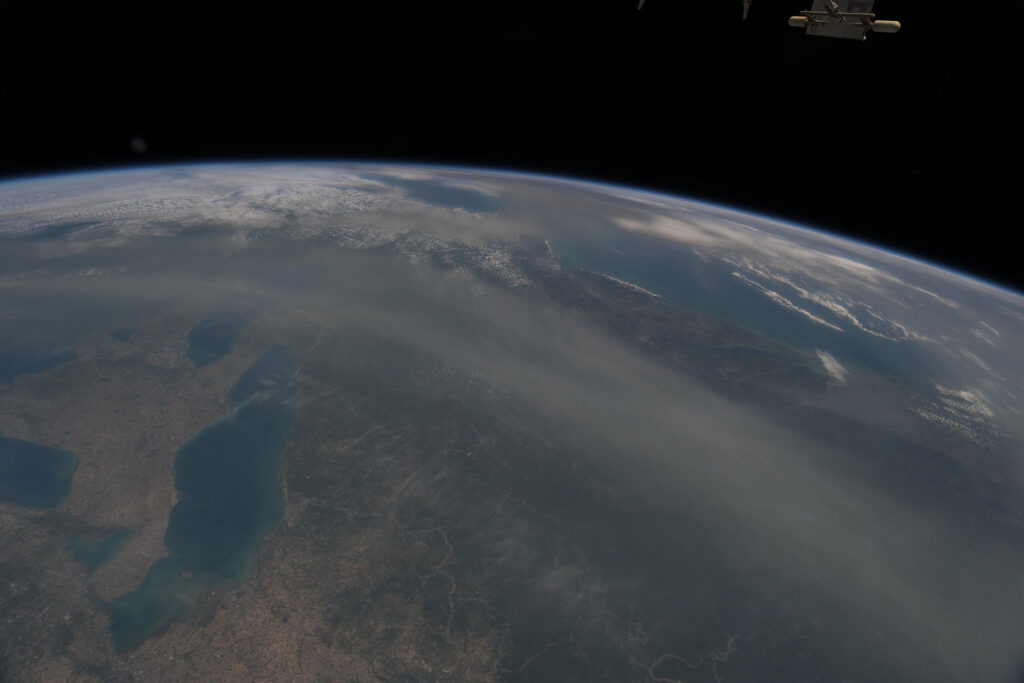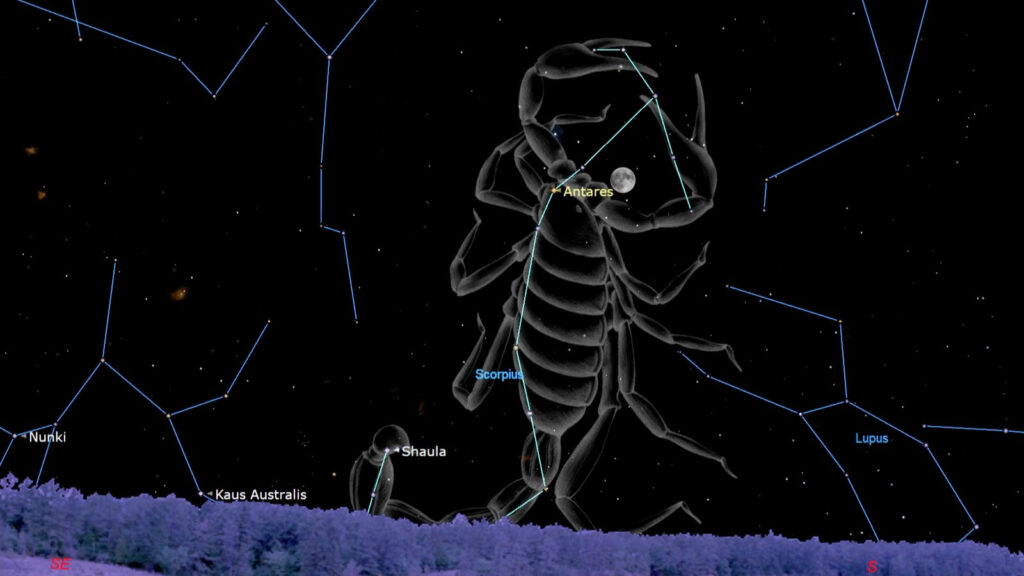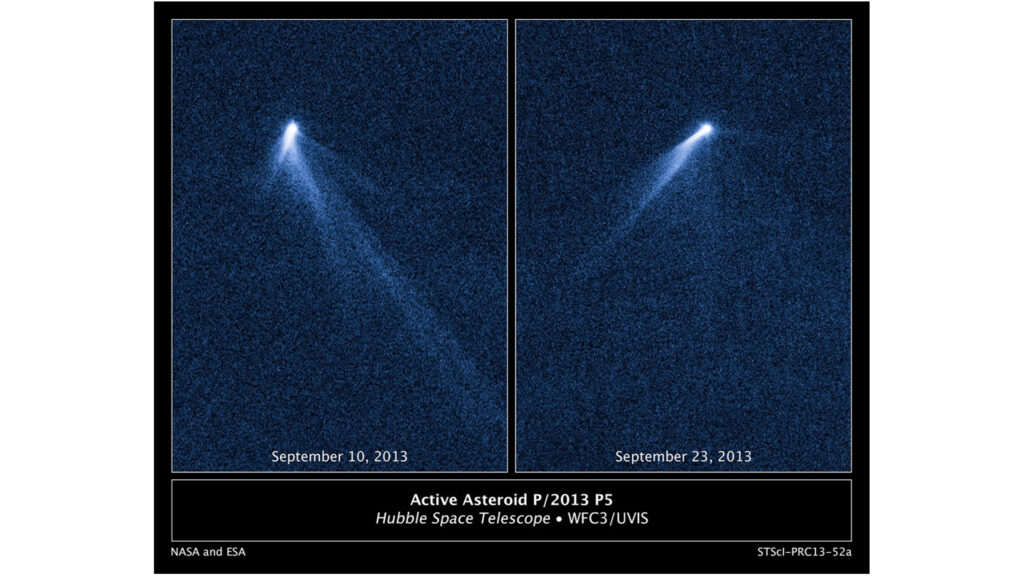There’s no doubt about it. Earth orbit is a messy place.
But is there a business in removing space junk from Earth orbit? Around the world, private companies and national space agencies alike are coming up with concepts on grappling with worrisome debris. However, estimates of how much troublesome litter is actually in orbit — from huge chunks of space scrap to tiny paint chips and even radioactive particles — are daunting and tricky to make.
When a satellite receives a come-to-blows punch by leftover litter or an explosion occurs in Earth orbit, particularly at higher altitudes, the detrimental results are additive. The debris resulting from these high-speed happenings lingers for years, decades, even centuries.
Related: Old Soviet satellite breaks apart in orbit after space debris collision
Cloudy ClearSpace
Earth-circuiting rubbish is a hazard. That fact was just highlighted, in a wacky way. The incident involved what’s billed as the first-ever mission to remove an existing derelict object from orbit.
The European Space Agency (ESA) procured the ClearSpace-1 mission as a service from Swiss start-up ClearSpace in order to showcase the technical knowhow for space clutter removal and “as a first step to establishing a new, sustainable and striving commercial space ecosystem,” according to ESA.
A rocket adapter, named VESPA, is zipping around Earth, a launch leftover from a Vega rocket in 2013 that departed from ESA’s spaceport in Kourou, French Guiana. This payload adapter is currently being eyed as the intended go-to target for an upcoming ClearSpace-1 active debris removal (ADR) mission. The plan calls for plucking the debris from orbit for a safe atmospheric reentry.
But new fragments have just been found in the vicinity of the adapter. Those bits of flotsam are most likely the result of a hypervelocity impact by a small, untracked object that slammed into the adapter, releasing the fragments.
The occasion was fortuitously flagged by ESA, arguably in a “we told you so” tone.
“This fragmentation event underlines the relevance of the ClearSpace-1 mission,” ESA wrote in a statement. “The most significant threat posed by larger objects of space debris is that they fragment into clouds of smaller objects that can each cause significant damage to active satellites. To minimize the number of fragmentation events, we must urgently reduce the creation of new space debris and begin actively mitigating the impact of existing objects.”

Size matters
First things first. There’s a need to shed some light on the numbers of space debris objects that are out there.
Marshall Kaplan, co-founder and Director of Launchspace Technologies Corporation of Boca Raton, Florida, carves up space debris into three groups.
- The largest group is 10 centimeters or larger, perhaps equaling 35,000 objects.
- A middle group goes from about 1 millimeter up to 10 centimeters. There are roughly millions of these pieces.
- Then there is a third group consisting of things smaller than 1 millimeter, the population of which is estimated to be in the trillions.
“The real question is what do we do about this? And, the answer is pretty straightforward,” Kaplan said. “We ignore anything bigger than 10 centimeters because the probability of collisions is sufficiently low that statistically this is not an issue.”
However, it’s that middle group that is the most interesting, Kaplan continued, “but it is very hard to identify and locate these pieces of debris.” He said that the only way we can control them is by passively collecting them, making use of specially-designed collectors.
“Finally, for the smallest size group we can ignore those, because spacecraft shielding can prevent serious damage by very, very small objects,” Kaplan told Space.com.

Commercial demand
“I believe that commercial active debris removal is not viable now just as commercial launch and commercial Earth observation satellites were not viable at one point in time,” said Darren McKnight, a senior technical fellow for LeoLabs, a commercial provider of space domain awareness services and low Earth orbit mapping based in Menlo Park, California.
“I think and hope that ADR will have an initial stage where major space agencies fund missions to remove objects left by government programs. Over time, the companies will start to be able to drop their prices for commercial purposes,” McKnight told Space.com. For example, some high Earth-orbiting constellations of satellites might have a payload failure that will need to be removed, he said.
Just as space launch and Earth observation systems started as purely governmental activities, industry was eventually able to start to lower prices and spur commercial demand. “Both aspects catalyzed those industries. I suspect the same will happen for active debris removal,” said McKnight.
Left on orbit
The notion of trying to prove the net cost — the benefit for ADR in order to justify the removal of massive derelicts left in the 1980s to 2000s — is the wrong approach, McKnight said.
“It is the responsibility of the major spacefaring nations — such as the U.S., Russia, China, the European Space Agency, and Japan — to clean up what their state-run programs left on orbit for decades,” advised McKnight. “You would think with all of the uproar about debris mitigation and space debris that the major spacefaring countries would have improved their behavior.”
Data accumulated by McKnight has shown that the rate of rocket body accumulation in low Earth orbit has increased in the last 20 years relative to the roughly 45 years of the space age before that.
“While the U.S. and Russia have decreased the rate of rocket body abandonment in low Earth orbit, everyone else, especially China, has contributed markedly more derelict rocket body mass in the last twenty years,” said McKnight. Two-thirds of the rocket body mass left in low Earth orbit was by China and all of the other spacefaring countries except the U.S. and Russia, he said.
The vast majority, McKnight said, roughly 80 percent of the rocket bodies left in low Earth orbit over the last 20 years will not adhere to the longest 25-year post-mission disposal guidelines. Over 40 percent of the “new” (in the last 20 years) rocket body mass that has been abandoned in low Earth orbit that will not reenter within 25 years was left by China and 25 percent belongs to Russia.

Debris-generating potential
As for ADR pricing, McKnight believes that ADR missions will focus on objects greater than 2,205 pounds (1,000 kilograms) above 435 miles (700 kilometers) since they represent the greatest debris-generating potential and the resulting fragments would be more persistent at these higher altitudes.
“So, I think that pricing will be typically the same for massive, old derelicts that were not designed to be retrieved. However, new satellites with grappling fixtures, and are much smaller, may cost less to retrieve,” McKnight concluded.
“Interestingly, the real cost savings will come when a single mission can retrieve multiple objects that have been abandoned in similar inclinations,” McKnight said, “but not necessarily similar altitudes.”
Uncertainties
To keep a watchful, more-informed eye on orbital debris and possible fender benders in space, much better approaches are needed.
“More observations might not improve estimates when there are modeling and numerical uncertainties,” said David Finkleman, a seasoned orbital debris scientist and a former chief technical officer for the United States Space Command. “Debris smaller than we have ever seen cannot be extrapolated from the debris population we have seen. All estimates of smallest debris are ‘out of sample’ and invalid,” he told Space.com.
The same may be true of collision probabilities, Finkleman noted. “Collisions are one-off. There is no sample population. In fact, we have never seen any collision we estimated. We develop probabilities from a sample set without collisions.”
Finkleman senses that space debris experts and pundits “have amplified the threat, predict consequences that are impossible within known physics, and are unwilling or unable to divulge the great uncertainties that fog estimates, Finkleman advised.
Influenced by phenomena
RELATED STORIES:
“Satellites know better where they are and what is nearby, and actions must be autonomous for greatest confidence,” said Finkleman. To this point, orbits of objects are influenced by phenomena on many time scales, he said, pointing to solar emissions and space weather that change over minutes, tides in the Earth’s surface or independent rotation in the Earth’s molten core that are hours-long, and lunar gravity impacts that take days to resolve.
“Many crucial phenomena cannot be anticipated confidently, be they volcanic eruptions, earthquakes, hurricane tracks, or lightning-induced forest fires, and many more. Uncertainty is our lot, resilience is our best response, said Finkleman.
“Some problems are so complex that we might never resolve them. Collisions between satellites might be one,” Finkleman concluded.


